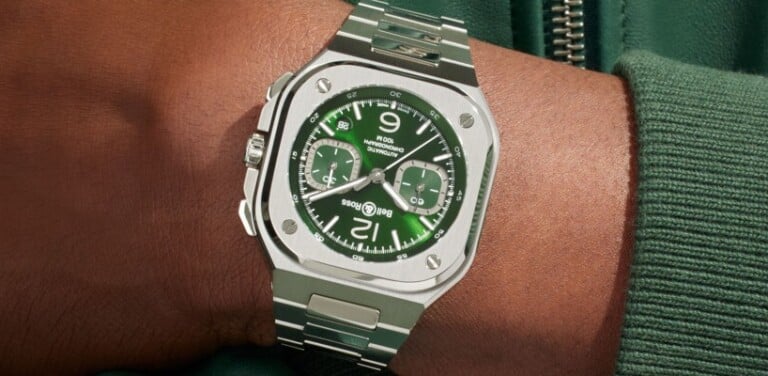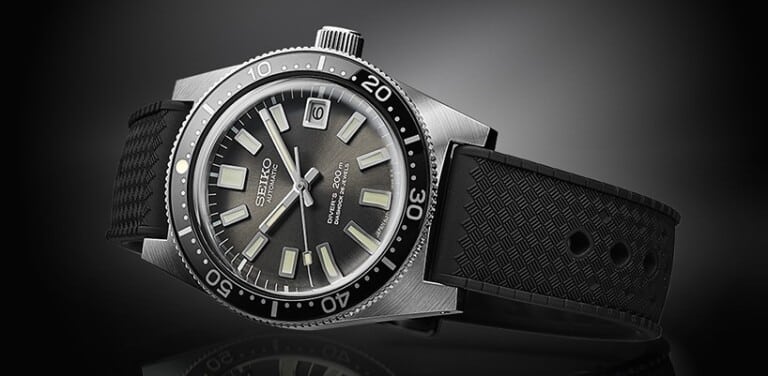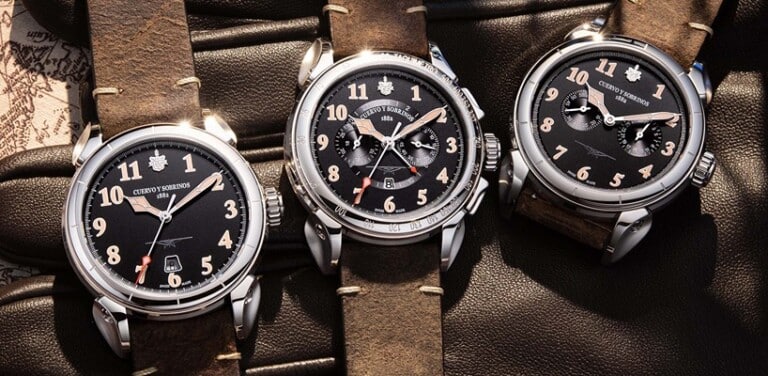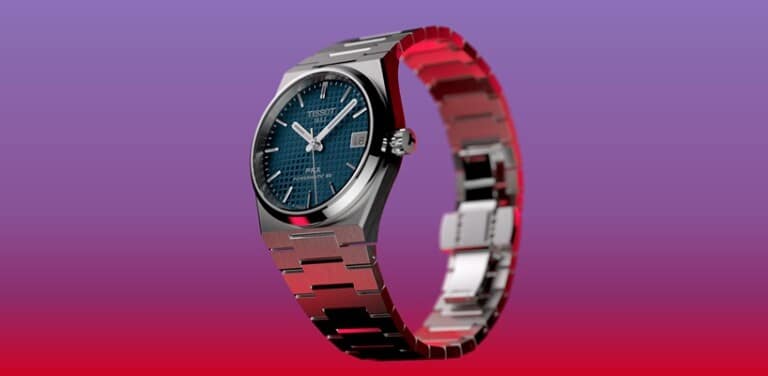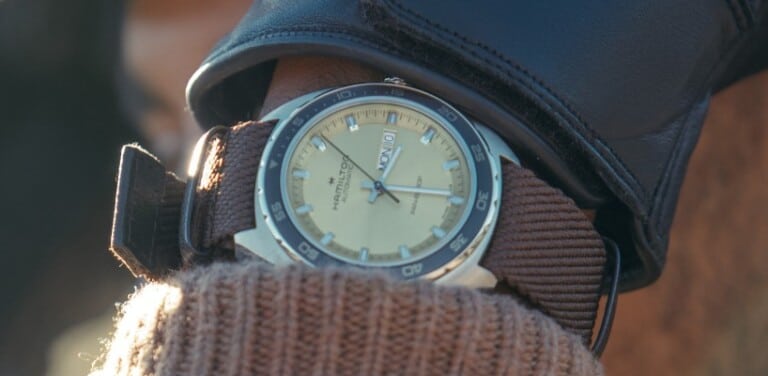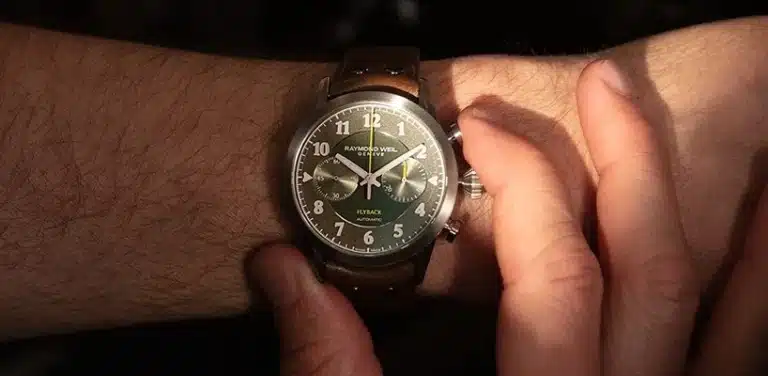As mechanical components for watches become even more intricate, powerful and sophisticated, understanding what we are buying into when it comes to the newest cutting edge technology really has become one of the most important decisions in the world of watch collecting. Before the millennium there was very little focus on mechanical movements as an integral part of the watch – the lifeforce which powered the primary function of an instrument. But now our expectations have turned direction as we consider the internal powerhouse a vital factor in what makes us “tick” as wristwatch connoisseurs of the 21st entury.
TAG Heuer are pioneers in producing their own in-house calibres. In the 1990’s many wristwatches were powered by the movements from ETA, thus the mechanics of one watch were unlikely to differ from that of the movement sat in the next watch. Now the market for high-end watches has returned strongly. It is an undeniable trend that customers now expect higher and better with each investment. Luxury watch makers, TAG Heuer were producing their own chronomatic movements (calibre 11,12, 14 and 15), and sourcing manual wind movements from Valjoux and quartz movements from ESA right up until the year of 1982 when the brand was sold and Lemania 5100 movements and LWO Lemanaia/ Dubois Depraz movements were added. Throughout the rest of the 1980’s a number of other changes at TAG Heuer’s watchmaking base. The Lemania 5100 was phased out in favour of ETA movements which became so dominant that by the year of 2000, TAG Heuer were producing none of their own movements at all. By the time Jean-Christophe Babin became the new driving force of TAG Heuer watches, his first mission centred around reviving the brand’s credibility as independent watch manufacturers. As a result, a long line of successful mechanical movements were released including; the Calibre HRO3 (Microtimer/Monaco 69), Calibre V (Monaco v4), Calibre S (Quartz tractor, mechanical chronograph module), Calibre 1887 (Carrera and 300SLR) and the Calibre 360 (Chronograph module only).
In 2013 TAG Heuer launched the release of the in-house movement, Calibre 1969. Putting the brand on the map for 100% in-house manufactured chronograph movements, the follow-on from the 1887 calibre offered a vertical clutch system, 28,800 vph, a 70 hour power reserve, a slimline profile and 233 Swiss-made components. The groundbreaking movement made it abundantly clear that TAG Heuer meant business when it came to innovation, technology and design. The Calibre 1969 also featured cotes de Geneve decoration and snailing on the back of the black tungsten oscillating weight, nickel-plated and angle polished automatic bridges and shiny bevelled edges – the finishing touches which kept the brand at the forefront of its ever-expanding industrial capacity.
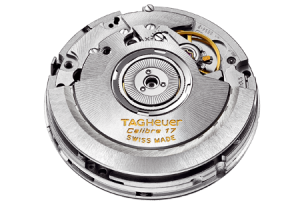 Recently TAG Heuer watches have unveiled the Carrera Calibre 17 which showcases a sunburst blue dial with sleek silver subdials and red accents. Bearing the vintage Heuer logo, the timepiece is inspired by the original Heuer Carrera design of 1963. The automatic movement offers 42 hours of power reserve, 28,800 vibrations per hour and bears a diameter of 28.6mm with 37 rubies. Young models such as the Carrera Calibre 17, 18 and 6 are true representations of TAG Heuer’s pioneering excellence. The extraordinary company continues to revolutionise watchmaking through new and irresistible movements which convey a sense of power, all whilst remaining sophisticated, current and affordable.
Recently TAG Heuer watches have unveiled the Carrera Calibre 17 which showcases a sunburst blue dial with sleek silver subdials and red accents. Bearing the vintage Heuer logo, the timepiece is inspired by the original Heuer Carrera design of 1963. The automatic movement offers 42 hours of power reserve, 28,800 vibrations per hour and bears a diameter of 28.6mm with 37 rubies. Young models such as the Carrera Calibre 17, 18 and 6 are true representations of TAG Heuer’s pioneering excellence. The extraordinary company continues to revolutionise watchmaking through new and irresistible movements which convey a sense of power, all whilst remaining sophisticated, current and affordable.
More information on TAG Heuer’s latest models can be found here.
